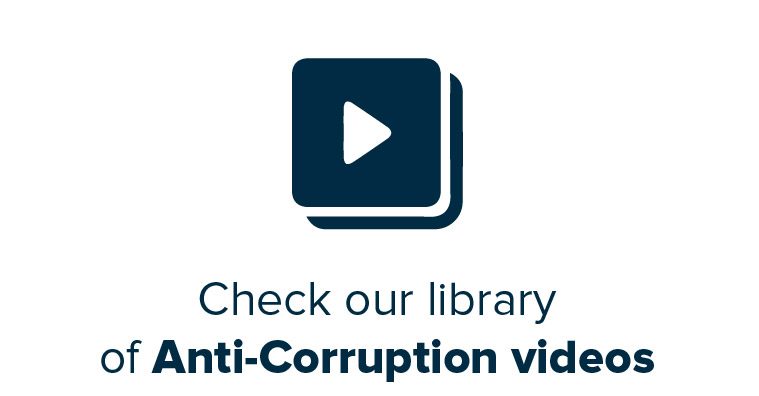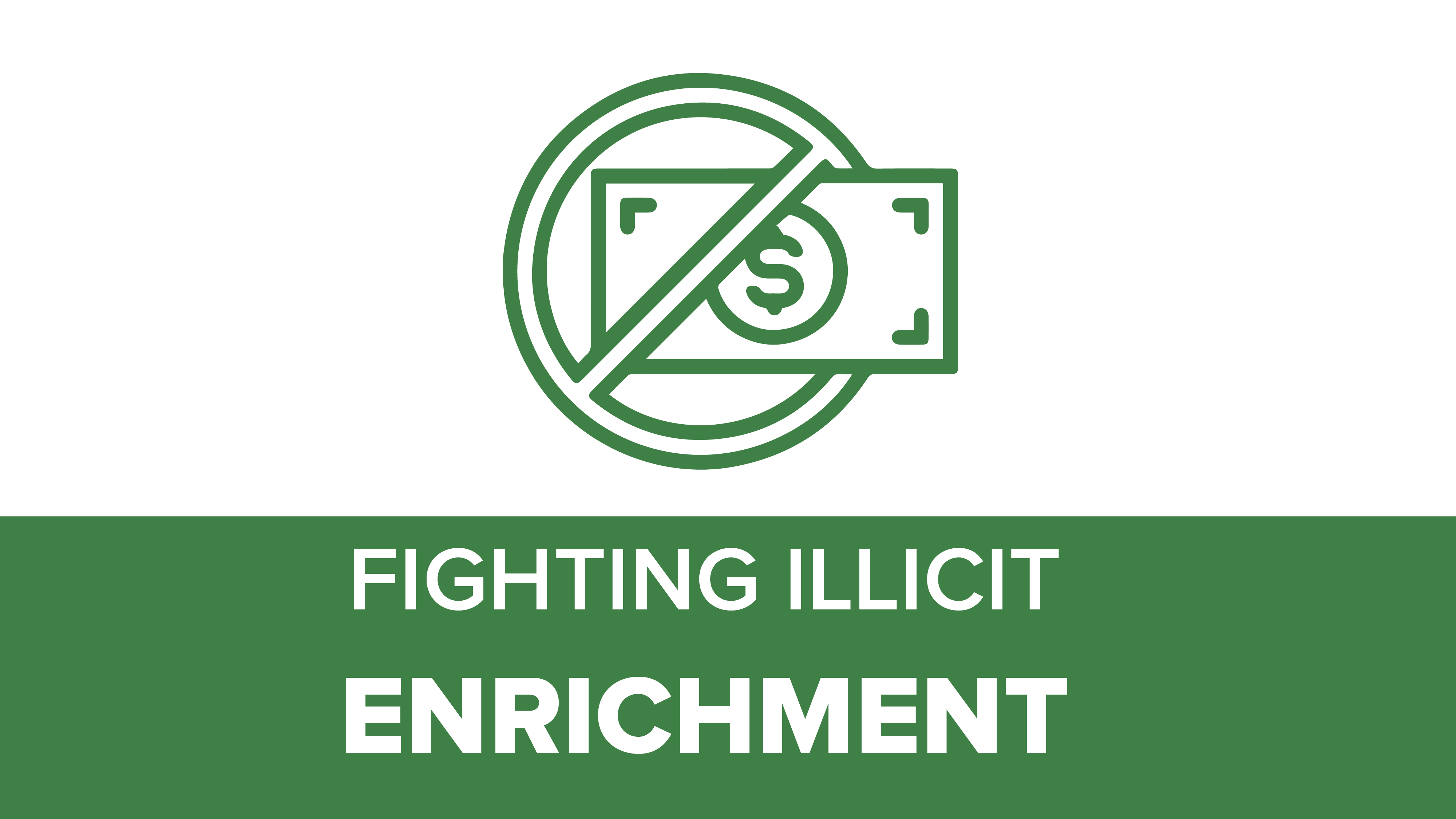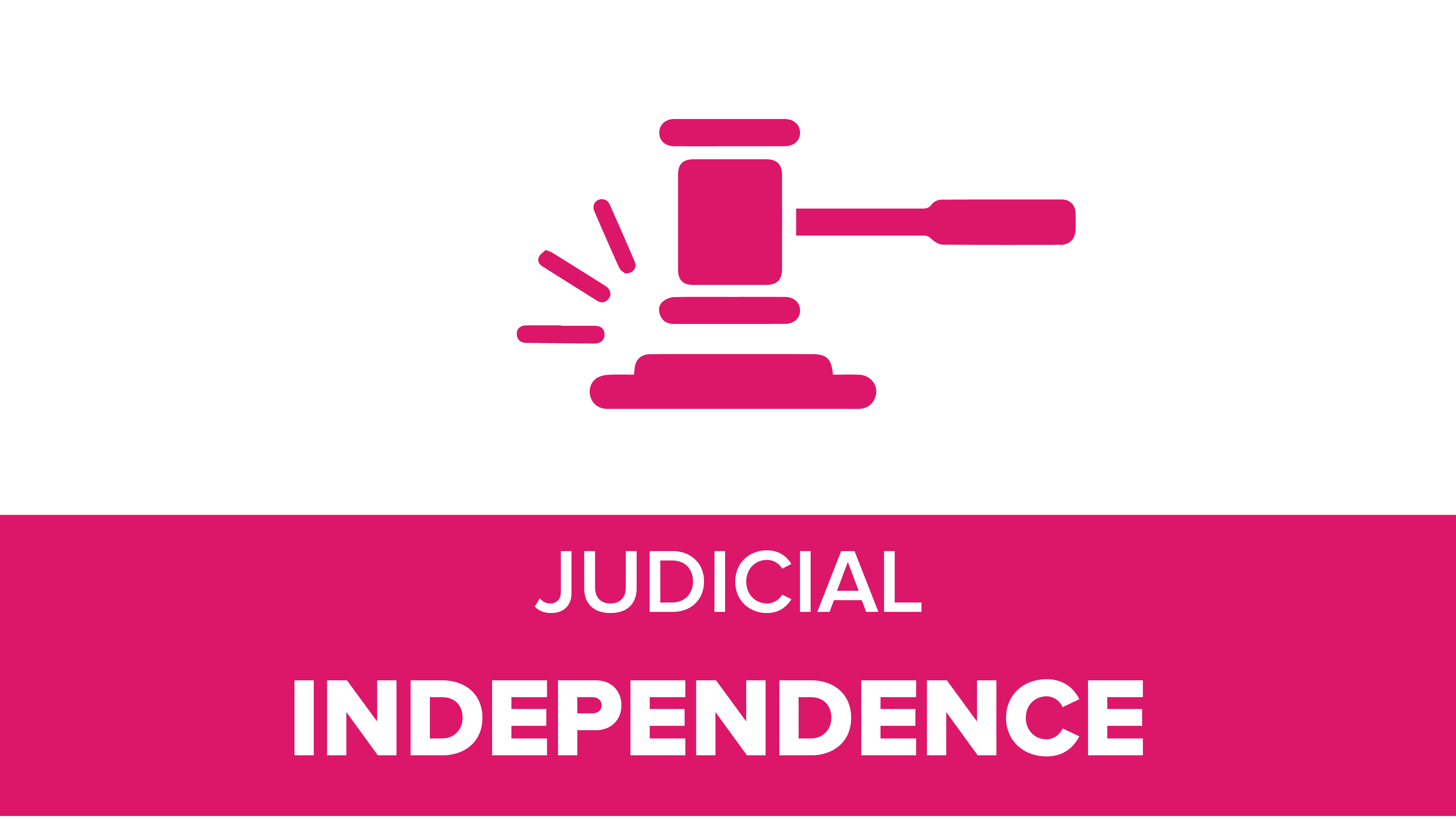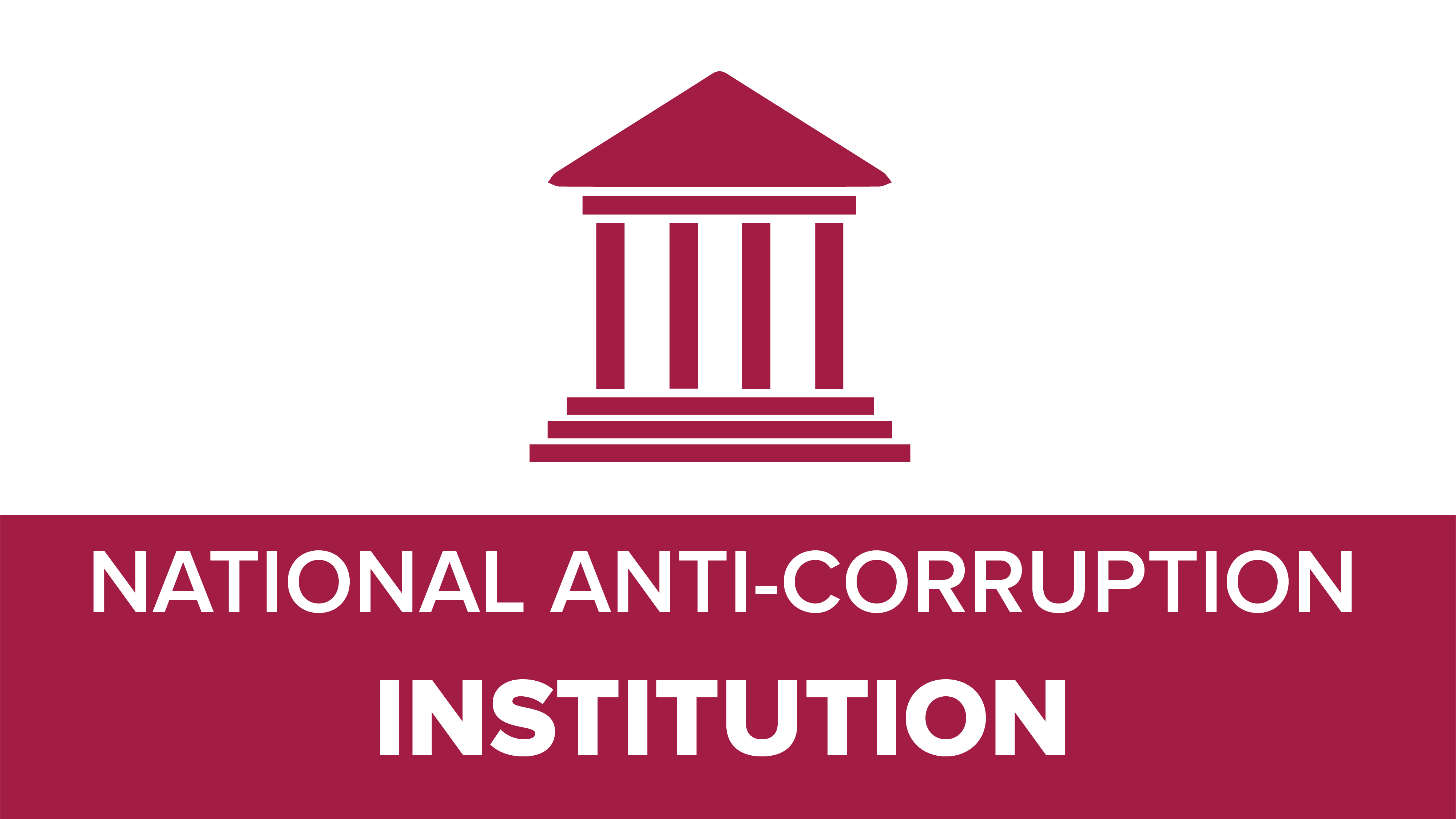Anti-Corruption indicators
Corruption is often perceived as one of the most perilous threats to democracies and the growth of nations. A host of studies and opinion polls demonstrated the disastrous consequences of uncontrolled corruption, and how it affects almost all sectors of life. According to a 2016 report by the Arab Barometer 44% of Lebanese people consider corruption as one of the main problems affecting the economy, whilst 28% only in believed that the government is cracking down on corruption in 2019. What is more striking, is that 91% of Lebanese people believe that corruption is found within state institutions, whereas only 20% trust the government, parliament and the judiciary in tackling this problem.
A more in-depth look at the anti-corruption indicators, either internationally or regionally, would be enough for the reader to bring the puzzle pieces together, hence become aware of the interplay of corruption and the degrading socio-economic situation, nonetheless, fragile security.
To get to know more, download the following table that summarises Lebanon’s latest score against prominent International indicators, meant to rank the country’s governance structure, as well as anti-corruption policies and efforts.

Learn More
Arab Barometer: The Arab Barometer is a nonpartisan research network that provides insight into the social, political, and economic attitudes and values of ordinary citizens across the Arab world, by conducting high quality and reliable public opinion surveys in the Middle East and North Africa, on the views of men and women in the MENA region. Lebanon Country Report: https://www.arabbarometer.org/countries/lebanon/
Corruption Perceptions Index (CPI): The Corruption Perceptions Index aggregates data from a number of different sources that provide perceptions by business people and country experts at the level of corruption in the public sector.
World Bank Worldwide Governance Indicators (WWGI): The Worldwide Governance Indicators report on six broad dimensions of governance for over 200 countries and territories. The data sources are rescaled and combined to create the six aggregate indicators using a statistical methodology known as an unobserved components model.
E-Government Development Index (EDGI): The E-Government Development Index (EGDI) presents the state of E-Government of the United Nations Member States, along with an assessment of the website development patterns in the country, as it incorporates the access characteristics, such as the infrastructure and educational levels, to reflect how a country is using information technologies to promote access and inclusion of its people.
E-Participation Index (EPI): The E-Participation Index (EPI) is derived as a supplementary index to the UN E-Government Survey. It extends the dimension of the survey by focusing on the use of online services to facilitate provision of information by governments to citizens, interaction with stakeholders, and engagement in decision making processes.
Open Budget Index (OBI): The Open Budget Survey is part of the International Budget Partnership’s Open Budget Initiative, a global research and advocacy program to promote public access to budget information and the adoption of inclusive and accountable budget systems.
World Economic Forum Competitiveness Index (WEF): The index maps the competitiveness landscape of 141 economies through 103 indicators organised in 12 themes. The pillars which cover broad socio-economic elements are: institutions, infrastructure, ICT adoption, macroeconomic stability, health, skills, product market, labour market, the financial system, market size, business dynamism and innovation capability.
World Justice Project’s Rule of Law: The index covers 128 countries and jurisdictions, and relies on national surveys of more than 130,000 households and 4000 legal practitioners and experts to measure how the rule of law is experienced and perceived worldwide.

 Locations
Locations


